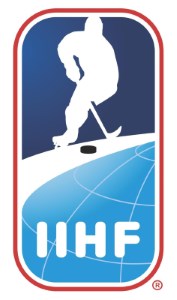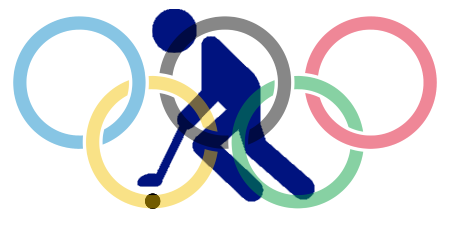IIHF European Championships

The IIHF European championships are worth a mention from an historical point of view. The Federation ran independent tournaments on 14 occasions between 1910 and 1932. The missing years in this period can be attributed to a World War, as well as a combination of political unrest and lack of interest perhaps, or because of an economic blight – nobody really knows.
Great Britain won the first competition, and Sweden won the last. In a slightly disjointed effort, the IIHF continued to award European Championship medals until 1991 at the world championships – a bit daft really. The waters are clouded even further because between 1920 and 1968 the Olympics counted as world championships, and in a mindboggling piece of wisdom, in the Olympic years 1980, 1984 and 1988, the world Championships weren’t staged at all.
Instead, a late substitution arrived in the shape of the Thayer Tutt Trophy. The IIHF decided to hold this new international tournament for non-Olympic qualifiers, and it was named after a former president of the IIHF.
The IIHF was founded on the 15th of May 1908, at 34 rue de Province, a swanky part of Paris, France. Originally called the LIGH – Ligue International de Hockey sur Glace. Its founding members were France – obviously – along with Belgium, Great Britain and Switzerland, to be joined shortly after by a fifth member, the beautifully named Bohemia – Czechoslovakia. Naturally, Frenchman Louis Magnus was handed the pleasure of the first presidency, and they duly held congress later that year. The General Congress is where the IIHF thrash out the rules of ice hockey and their ethical codes. It’s also where they legislate – just about everything else under the sun. The General Secretary is for all intents and purposes – the head cheese – the highest ranked employee with the most authority.
Early Days Hockey Rules
The first ice hockey rules – if you can call them that – were originally set in 1875, and referenced to rugby – not a great start, and apparently, nothing was written down. Reportedly, it was mutually agreed by a few cloth heads, and deemed everyone should know the rules before the game – no further comment is required.
Thankfully, the McGill University in Montreal published the first set of rules in 1877. The seven rules were based on field hockey – finally some common sense. In 1911, the LIGH adopted the Canadian rule book for all levels of play in ice hockey. 1923 saw the arrival of a bit more lunacy when the rink size was changed to 80 x 40 metres.
It was eventually decided in 1936 that 60 x 30 metres would be the standard. Also in that year, the three zones of hockey were introduced, along with body checking being allowed in the defensive zone. Shortly after the 2nd World War, the red centre line and offside rulings were introduced, together with another change to the body checking being restricted to the defensive zone half only, and each play period was upped to 20 minutes from 15. In order to pave the way for amateurs to play professionals in 1969, body checking was allowed in all 3 zones.


